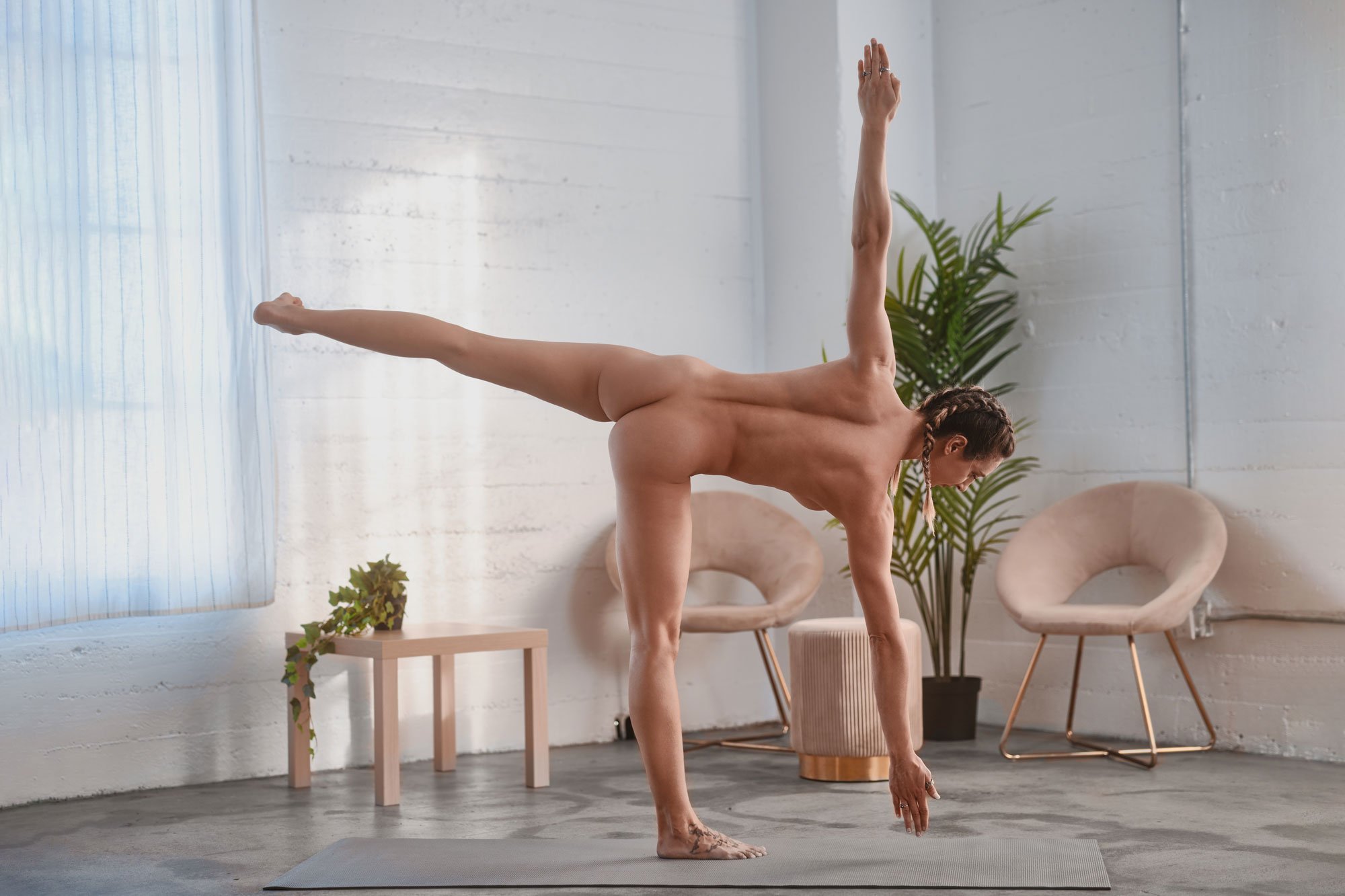Find Your Center: 5 Yoga Poses to Improve Balance and Stability
In the hustle and bustle of everyday life, it’s easy to lose our balance, both physically and mentally. This lack of stability can lead to clumsiness, injuries, and forgetfulness, all of which can be especially unsafe as we age. But fear not, for the ancient practice of yoga has the power to restore equilibrium in our lives! Whether you’re a yoga veteran or just starting out, we’re here to help you find your center. Today we’ll explore five yoga poses that are specifically designed to improve balance and stability. These poses not only strengthen your core muscles and coordination but also calm the mind, creating a sense of harmony within. So, if you’re ready to find your inner balance and discover a new level of awareness, roll out your mat and let’s dive right in!
“By incorporating poses that target core strength, equilibrium, and body awareness yoga improves overall stability and reduces the risk of falls or injuries.”
1. Tree Pose
Tree Pose (Vrksasana), is a classic standing balance pose where one foot is placed on the opposite ankle, calf, or thigh while maintaining an upright posture. It strengthens the legs, ankles, and core muscles while improving balance and stability by training the practitioner to stand on one foot. Since balancing your entire body weight on one foot can be challenging, Tree Pose also promotes focus, concentration, and a sense of grounding, making it a great practice for enhancing mindfulness and overall body awareness.
Modifications and variations: If placing your foot on your inner thigh is too challenging, you can rest it on your calf or ankle instead. You can also use a wall or a chair for support if needed. For an extra challenge, try closing your eyes while in the pose, or extend your arms overhead like tree branches.
2. Warrior III Pose
Warrior III Pose (Virabhadrasana III), is a dynamic standing balance pose. It involves extending one leg behind the body while maintaining a straight and aligned posture. By engaging the core muscles and activating the stabilizing muscles throughout the body, Warrior III improves balance by challenging and training the proprioceptive system, which is responsible for spatial awareness and coordination. This pose requires a steady focus and concentration, encouraging practitioners to find their center of gravity and develop a strong connection between mind and body, ultimately enhancing overall balance and stability.
Modifications and variations: If balancing on one leg is challenging, you can practice this pose with your back foot resting against a wall for support. You can also use blocks under your hands to bring the ground closer if reaching the floor is difficult. For an extra challenge, try lifting your arms overhead or bringing your hands into a prayer position at your heart.
3. Eagle Pose
Eagle Pose (Garudasana), is a shoulder and hip-opener pose that involves wrapping one leg around the other and intertwining the arms. This pose challenges balance and coordination by requiring precise alignment and concentration. By crossing the midline of the body and creating a compact shape, Eagle Pose activates and strengthens the muscles responsible for balance and coordination, particularly in the legs, ankles, and core. The pose also stimulates the nervous system, improving proprioception and enhancing overall body awareness, which further contributes to better balance and coordination.
Modifications and variations: If crossing your legs is too difficult, you can simply cross your ankles or rest your right foot on the ground next to your left foot. You can also use a wall behind you for support if needed, or even try this pose on your back while lying on a yoga mat. For an extra challenge, try squatting deeper or wrapping your arms around your legs.
4. Half Moon Pose
Half Moon Pose (Ardha Chandrasana), is a challenging standing balance pose where one hand rests on the floor while the body extends sideways, creating a crescent moon shape. This pose improves flexibility by stretching and opening the hips, hamstrings, and shoulders. It also enhances balance as it requires focus and control to support the body's alignment while balancing on one leg, engaging the core muscles and promoting a strong sense of spatial awareness. Additionally, Half Moon Pose activates the ankles and legs, which are crucial areas to keep strengthened in order to maintain balance and stability throughout one’s life.
Modifications and variations: If reaching the ground with your hand is too challenging, you can use a block or place your hand on your shin instead. You can also practice this pose with your back against a wall for support. For an extra challenge, try lifting your top leg higher or closing your eyes.
5. Standing Forward Bend
Standing Forward Bend (Uttanasana), is a beginner standing pose where the torso bends forward from the hips, allowing the hands to reach towards the floor or grasp the legs. Physically, Uttanasana stretches the hamstrings, calves, and spine, promoting flexibility and releasing tension in the back and shoulders. Mentally, this pose encourages introspection, relaxation, and a sense of surrender, fostering mental balance by relieving stress and calming the mind. By combining physical and mental aspects, Uttanasana provides a holistic experience that contributes to overall balance and well-being.
Modifications and variations: If reaching the ground is challenging, you can place your hands on blocks or on your shins or thighs. If you feel dizzy or unstable, you can also try the seated version of this pose, Paschimottanasana, or Seated Forward Bend. For an extra challenge try bringing your hands behind your back and interlacing your fingers to add a deep shoulder stretch.
Finding balance and stability in both the physical body and the mind is a lifelong journey. Through the practice of yoga, we can cultivate physical and mental equilibrium, allowing us to navigate the ups and downs of life with grace and ease. Additionally, by improving our balance through increased flexibility, coordination, and strength, we can better avoid injuries and accidents as we age, leading to a more vital and energized life.
Interested in learning more?
Try some of our balance-focused programs, such as Yoga for Better Balance with Obiani, Vinyasa Flow for Better Balance with Natalie Mae, and Flow Into Balance with Crystal.
See you on the mat!







